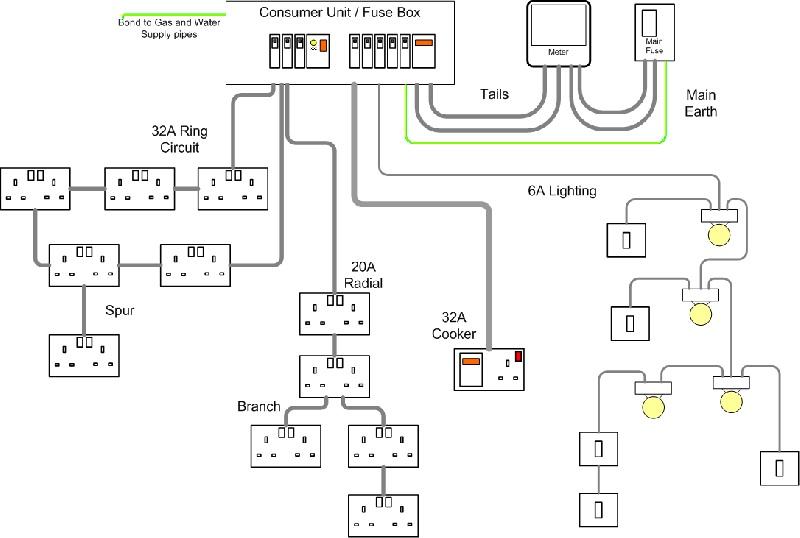Hi,
Am after some feedback please. My house is pre 1860, has a consumer unit so has been upgraded at some point in 90's or early 2000's, I have been here since 2004.
Today I was going to install 2 additional twin power sockets in my front room when i discovered that the adjacent socket on other side of the room that i was going to extend the ring from was actually a spur (as it only has one cable entering it, from the ceiling)
The 3 sockets in the upstairs of the property also only have one cable so again would seem spurs, I am unable to verify the 2nd socket in the front room as its behind a heavy desk.
The consumer unit has a separate trip for Shower, Lights, Mains.
So, without being able to verify the remaining 4 or 5 sockets in the house, I can imagine that these are all spurs from a Junction box in the ceiling linking back to the CU (as there is not a multitude of connections otherwise so has to be a Junction somewhere)
Would it still be ok to fit the additional sockets to the original spur (which has now worried me hence asking) as in reality i have been running all the entertainment appliances for the last 8 years or so from this socket on extension cables anyway or, would it be seriously bad and I should really look into renewing all the electrics which is not going to be a this holiday job and lots of money I don't have but understand if that's the response.
I know in an ideal world I should upgrade, but I want to to this responsibly and was supposed to be a Christmas holidays project so I could then redecorate, feel like I have opened a can of worms now!
Many a thanks
Natalie
Am after some feedback please. My house is pre 1860, has a consumer unit so has been upgraded at some point in 90's or early 2000's, I have been here since 2004.
Today I was going to install 2 additional twin power sockets in my front room when i discovered that the adjacent socket on other side of the room that i was going to extend the ring from was actually a spur (as it only has one cable entering it, from the ceiling)
The 3 sockets in the upstairs of the property also only have one cable so again would seem spurs, I am unable to verify the 2nd socket in the front room as its behind a heavy desk.
The consumer unit has a separate trip for Shower, Lights, Mains.
So, without being able to verify the remaining 4 or 5 sockets in the house, I can imagine that these are all spurs from a Junction box in the ceiling linking back to the CU (as there is not a multitude of connections otherwise so has to be a Junction somewhere)
Would it still be ok to fit the additional sockets to the original spur (which has now worried me hence asking) as in reality i have been running all the entertainment appliances for the last 8 years or so from this socket on extension cables anyway or, would it be seriously bad and I should really look into renewing all the electrics which is not going to be a this holiday job and lots of money I don't have but understand if that's the response.
I know in an ideal world I should upgrade, but I want to to this responsibly and was supposed to be a Christmas holidays project so I could then redecorate, feel like I have opened a can of worms now!
Many a thanks
Natalie


